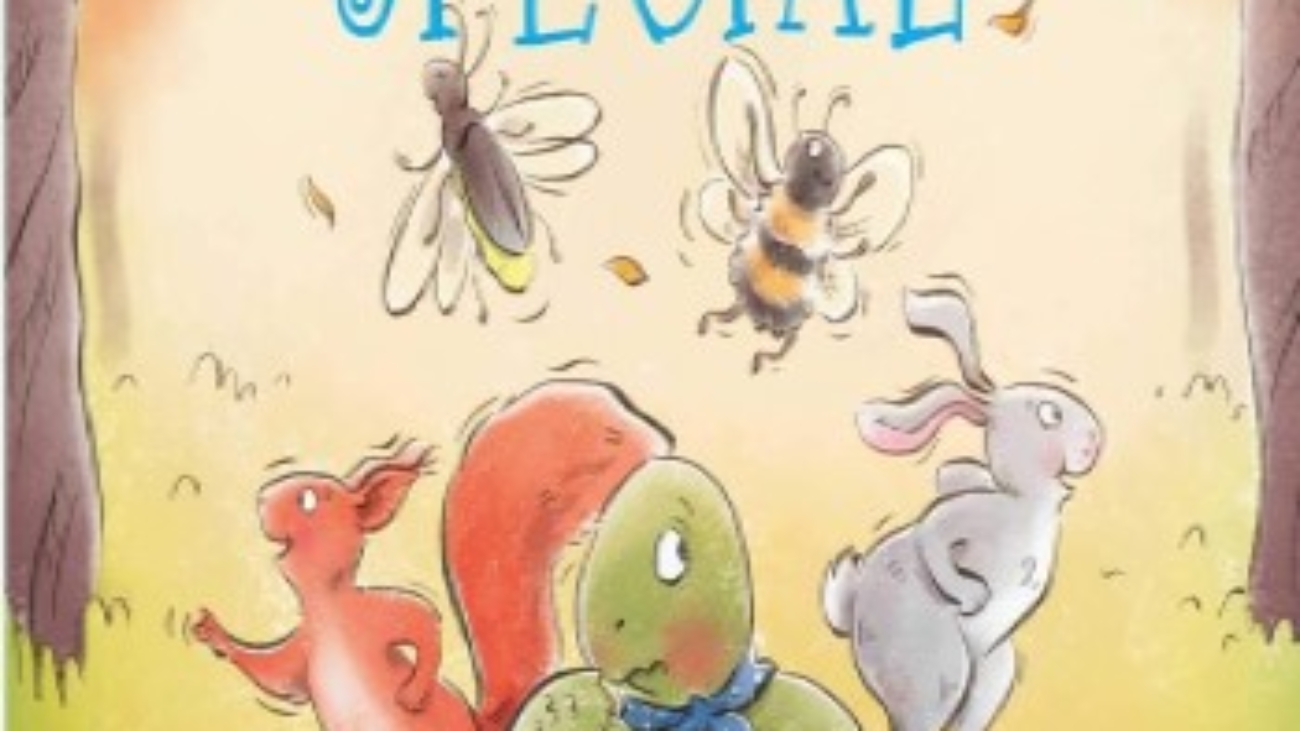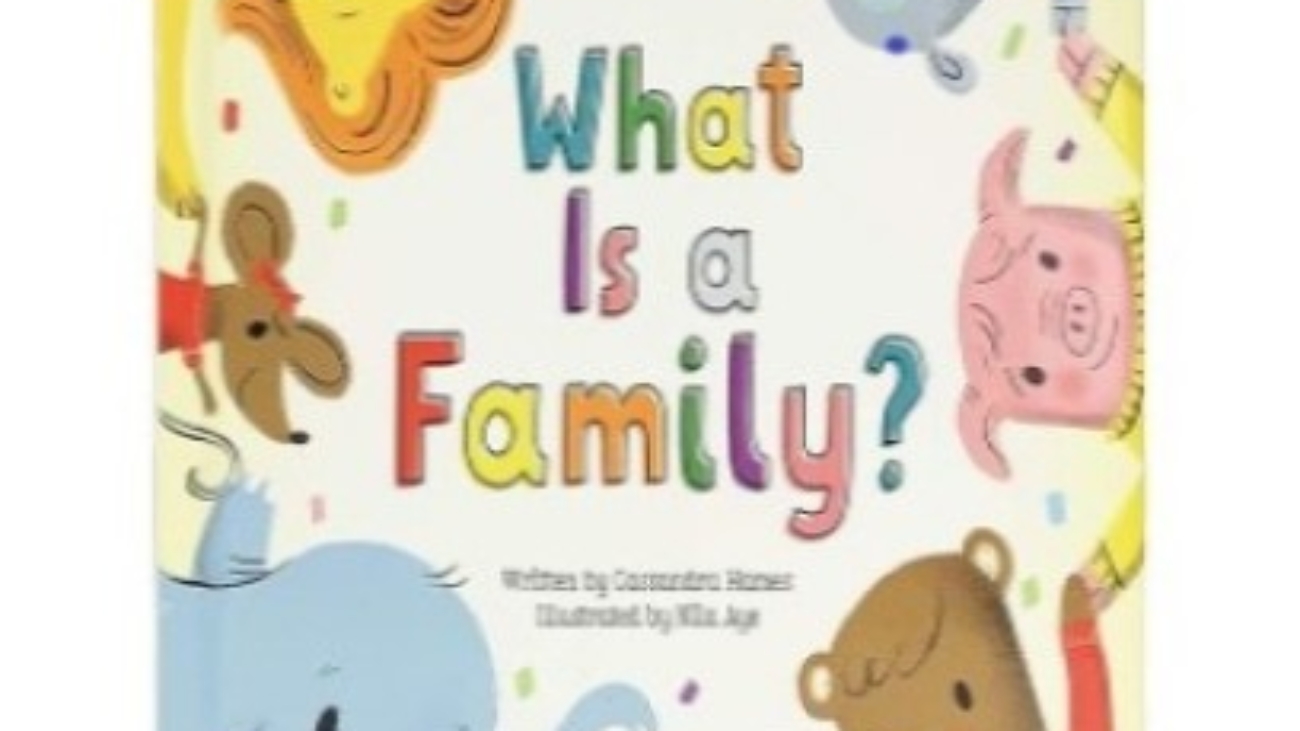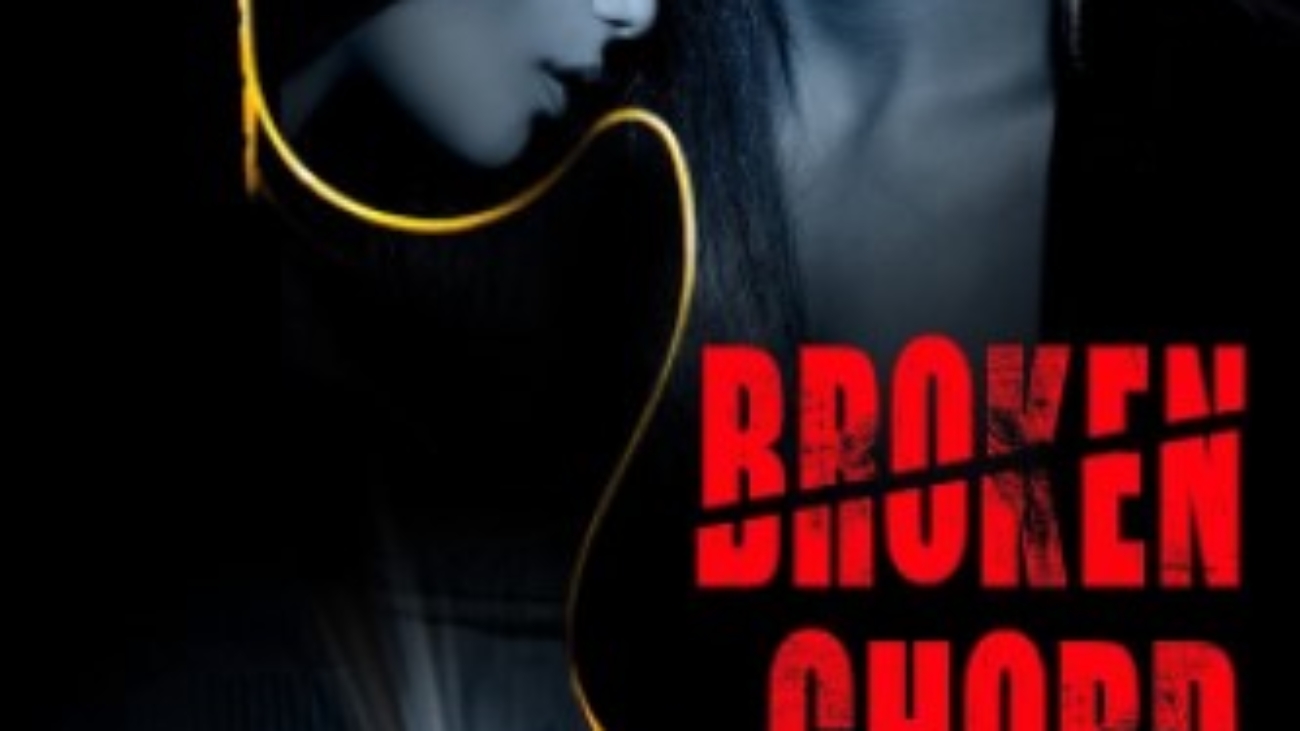Reviewed by Chris Phillips
Around the globe and then landing in a small Caribbean island, this story traverses the world and more. Purchase Here.
The action starts on the small island of Isle De Fantomas. It moves to the deserts of the Middle East and then back again. The plot is an interesting mix of horror, mystery and voodoo. The most intriguing part of this to this reviewer is the author’s respect for a small religion, voodoo, in this case.
Yes, there are demons, devils, voodoo priestesses and hordes of the undead. They fill the pages and bring out a very mixed bag of horror and yet detailed practice of a little known religion. There are soldiers, military and mercenary troops and wickedly charming scientists and others not nearly so charming.
The action on this small island centers around an ancient and forbidden voodoo ritual from a dark book only recently translated by General Manual Ortiz’s bokor or voodoo priest. The General has declared himself by several titles the island’s Prime Minister for Life, supreme dictator, etc. He possesses this book from killing the previous voodoo priestess. With the bokor’s strange ability to understand the languages the book is written in. Possessor of an ancient voodoo rituals and with his bokor, he performs ceremonies most would leave unexperienced.
The General, his bokor and his fiancé, Lavonia Dawes are in a dark dungeon room performing a ritual that is darker than anything done for many centuries. While this is going on, his nephew, Lieutenant Miguel Ortiz, is out hunting and attempting to kill Sarafina, the current island’s voodoo priestess. One thing leads to another and through an amazing amount of mistakes, errors and simple poor assumptions the theme of the book blasts into the reader’s mind, raising the zombie uprising.
Baron Kriminel, the cigar smoking voodoo spirit of death is summoned, and then has to confront his longtime lover, Gira, the spirit of love and fertility. It is a match made in the environs of the voodoo spirits and thus everything gets darker still.
Talos corporation, a mega-multi-national corporation, researching many devious and insidious ideas, but mainly working on something very similar to voodoo zombies. Maggie Child, co-pilot of a Blackhawk in the Iraqi desert is truly the main character of this tale and although not introduced until Chapter 8, she is the main character of the book. She becomes one of the experiments that Talos is working on to create super-soldiers. James Gallo, shows up to replace his friend and predecessor. Steven Caine. Maggie escapes with Glen Logan, her accidental sidekick from the Talos facility where the dark experiments take place. Her uncle, Rip Flowers, enters the picture and the fun begins.
All of these characters end up on the island and become embroiled in the zombie apocalypse that is taking over the island. This is where the true horror of the story shows up.
Any reader will be enthralled with this rather long book. It holds the reader’s interest right up until the final words of this book, Part One of Burke’s Zombie Uprising series. This reviewer and probably every reader will be waiting with bated breath for the next and other books in the series.
5 Stars.









